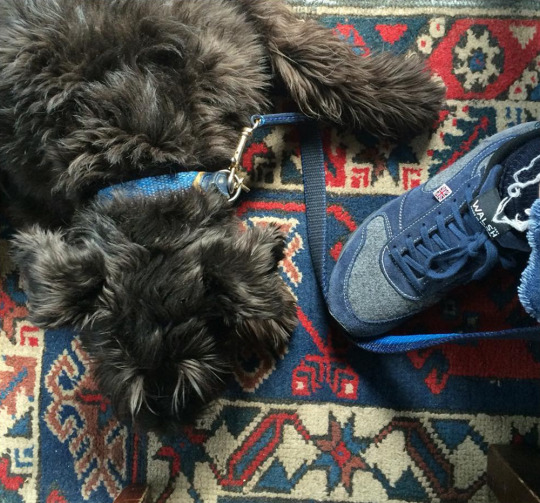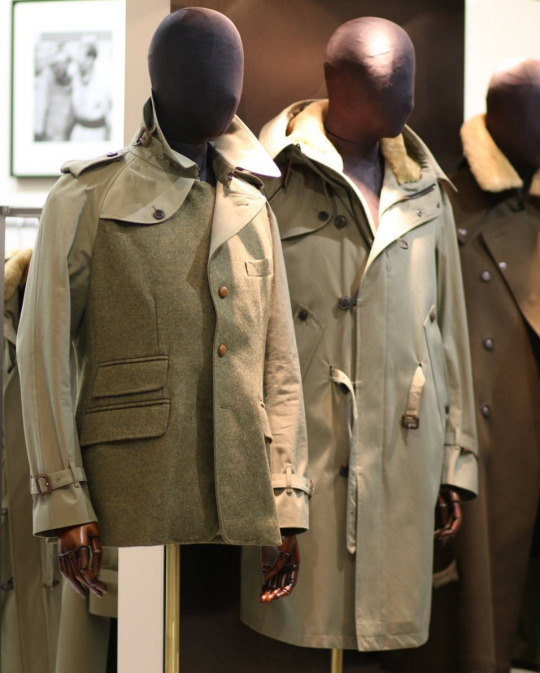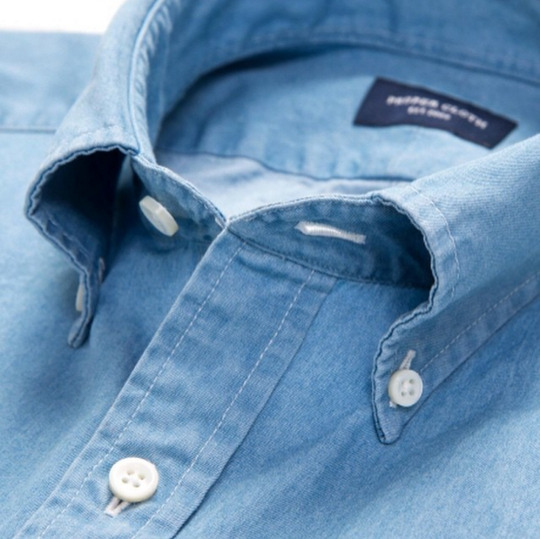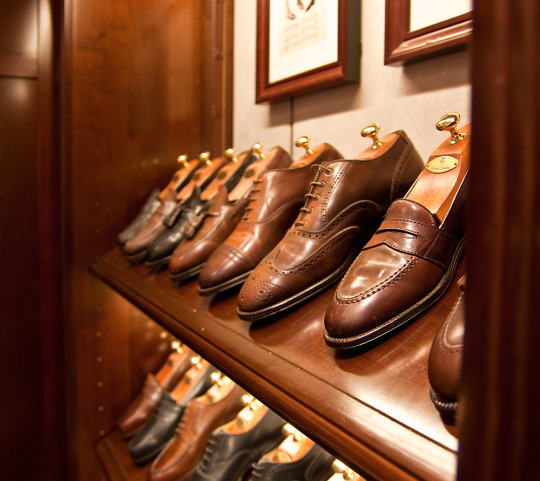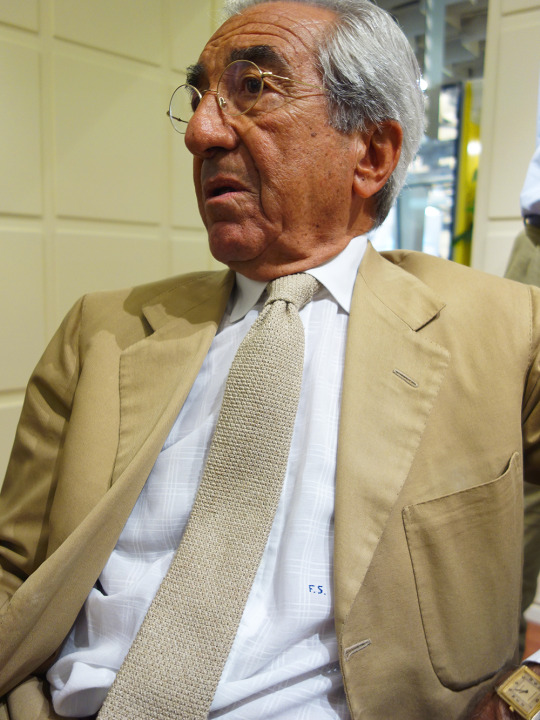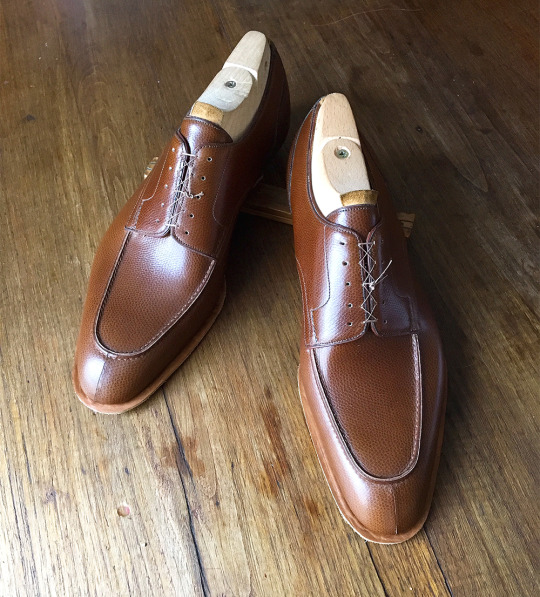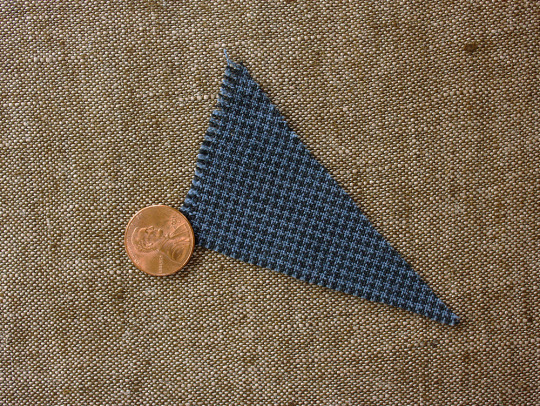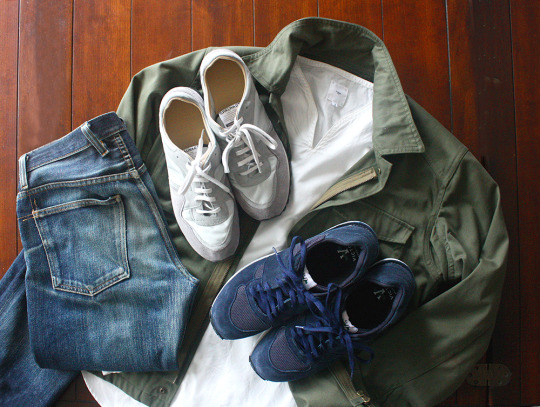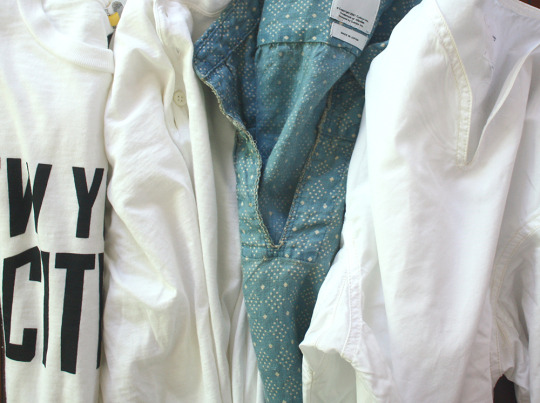
I’m fairly straightforward when it comes to tailored clothing. For shirts, I mostly wear light blues in stripes and solids – the latter in slightly more textured weaves than poplin (which I find too boring). End-on-end, oxford, and a heavier twill works well. A bold butcher stripe is a nice way to add visual interest to a tie-less, sport coat ensemble, while a solid blue shirt will serve as a nice background for any tie and jacket combination. As usual, I find if you limit the number of patterns you wear to two, you don’t have to think as much about pattern coordination.
In contrast, my casualwear is all over the place, but lately I’ve been wearing shirts that are slightly more off-beat than your standard button-ups (or even the ever-reliable white tee). Outerwear tends to be simpler this time of year – assuming you can wear a jacket at all – so sometimes wearing an interesting shirt is about as much as you can do on a warm day. Four options I’ve been relying on:









